Navigating Change
Points Along Our Journey Together
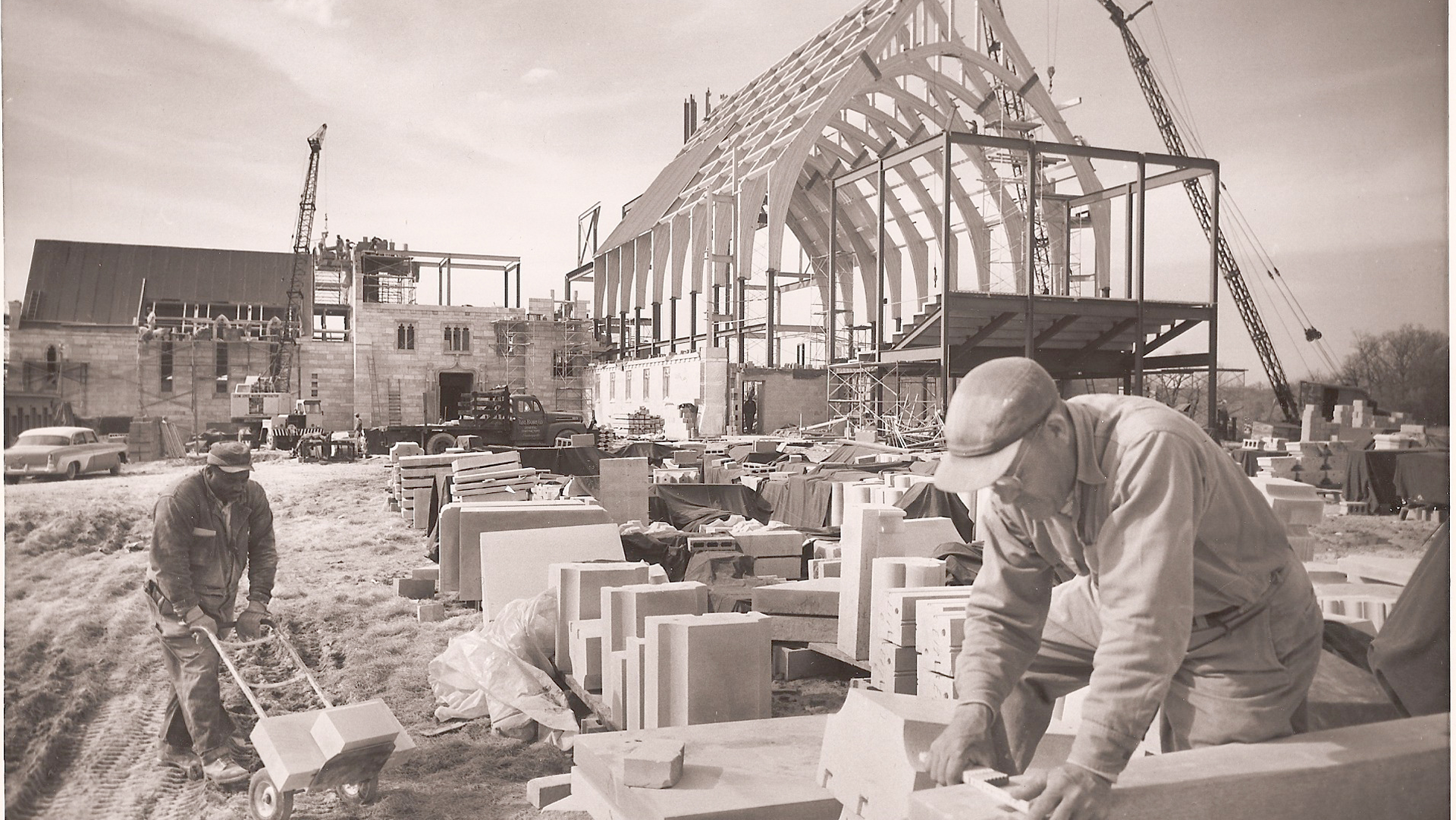

Navigating Change
We look to our history as a guide for how to weather unpredictable storms and journey toward promising shores.
+ 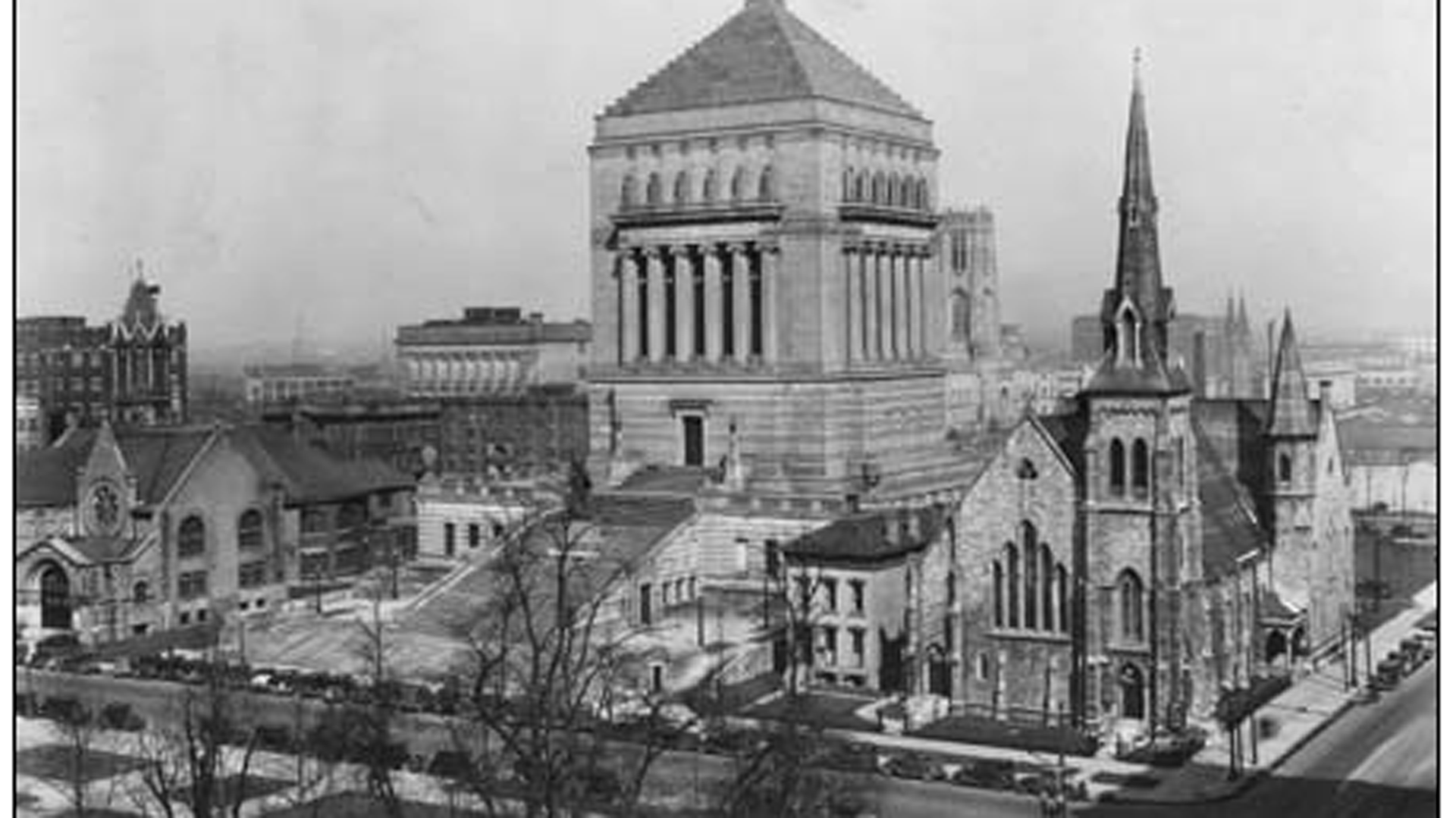
The Pandemic of 2020 has dramatically altered our world. The change has been so sudden and pervasive that it is difficult to imagine a “new normal.”
Our mission to be a “welcoming community of faith where Jesus Christ transforms lives” did not change because of the pandemic in 2020. Nevertheless, how we carry out that mission has changed, and it will continue to change, in remarkable ways.
We find ourselves at an extraordinary turning point in world history. What will the future be like? How is God calling us to preserve, restore, and advance a more authentic expression of faith in this dramatically different world? We know that doing everything the same as before the pandemic is not possible. But neither do we have to create something totally from scratch.
This moment in history does not demand the writing of a new book about our church. However, it does call for a new chapter – a chapter that may look very different from all previous chapters. Yet this new chapter is not completely discontinuous with our past. It flows from our past - a past that gives us confidence in our ability to move faithfully into an unknown future. As the following stories show, we’ve done it before. God will lead us to do it again. This new chapter might well be titled: “Begin, Again.”Church of the Reformation
“Ecclesia reformata, semper reformanda” (a church reformed, always being reformed) was a motto of the 16th Century Reformation. According to Presbyterian Theologian Dr. Anna Case-Winters, the translation of this phrase is most important. The Latin verb is passive and should be translated as “always being reformed” or “always to be reformed.” The church is the object of God’s reforming work. The church does not reform itself.
Rightly understood, this phrase “does not bless either preservation for preservation’s sake or change for change’s sake.” It invites us, as people who worship and serve a living God, to be open to being re-formed according to the Word of God and the call of the Spirit.
There have been several dramatic turning points in our congregation’s 182-year history where God was calling us to be reformed. To, as it were: begin, again. This was never more true than at the very creation of our congregation.
Chartering of Second Presbyterian Church
In the early 19th Century, Presbyterians were embroiled in the “Old School/New School” controversy that involved several interrelated subjects of theology, ecclesiology, and missiology. Did original sin doom individuals to damnation unless otherwise selected by God for salvation, or was sin a burden that a practicing Christian could struggle against and perhaps overcome? Were the basic confessions of the church (like the Westminster Confession written in 1647) binding, or were they admittedly human documents that the Spirit might lead subsequent generations of Christians to interpret and/or improve? Also in dispute was the church’s responsibility to improve the conditions of life in the earthly world – particularly with respect to the issue of slavery.
Since 1801, Presbyterian and Congregational Churches cooperated with each other under the terms of a Plan of Union. For the most part, Presbyterians tended to be Old School, while Congregationalists were New School. The controversy between these two understandings of the Church came to a head in 1837 when the Presbyterian General Assembly repudiated the Plan of Union, going so far as to expel several Synods that had been organized under the plan. The expelled Synods promptly organized their own denomination and urged like-minded Presbyterians to affiliate with this New School Presbyterian Church.
In Indianapolis, First Presbyterian Church was decidedly Old School. In fact, its pastor was a national leader in defending the Old School point of view. Nonetheless, on November 19, 1838, one year following the General Assembly’s action, 15 members left First Church to organize Second Presbyterian Church as a “New School Presbyterian Church.”
An openness to continuing revelations of the Holy Spirit and a passion for serving others has characterized Second Church from its very beginnings. Its vision for social witness and the transformation of both individuals and society led to the calling of our first pastor, the Rev. Henry Ward Beecher, an internationally known abolitionist with a heart for those less fortunate. Under his leadership, Second Church became known as a congregation that took mission seriously.
While this marked the beginning of a brand new congregation, Second Presbyterian did not start from scratch. It drew upon the long history of Presbyterians stretching back to the days of the Reformation, and more recently, the New School movement. It was an opportunity for this particular Presbyterian congregation to begin, again.
Through the remainder of the 19th Century, Second Church continued to expand its outreach ministries by establishing several mission chapels and Sunday Schools for the purpose of evangelization and caring for the sick and poor. The most noteworthy of these was Mayer Chapel, a settlement house modeled after Chicago’s Hull House, which provided a multitude of services for the poor. The inner city work of Mayer Chapel continued well into the 1960s.
Relocation to 7700 N. Meridian
For nearly 100 years (1870 – 1959), the congregation met in a gothic revival building on the northwest corner of Vermont and Pennsylvania Streets in downtown Indianapolis.
In 1919, city and state leaders began planning a Memorial Plaza to honor the veterans of World War I. The Plaza would be a dramatic city centerpiece that would extend five blocks from New York to St. Clair Streets, between Meridian and Pennsylvania Streets. It would be anchored on the south by University Park and on the north by the Public Library.
However, Second Presbyterian Church (and First Baptist Church) already occupied a key portion of the proposed esplanade.
At first, nothing was said about what might happen to the churches. Both were attractive buildings that were certainly consistent with the spirit of the Plaza. Leaders of Second had to sit still and see what the Plaza Committee might do. At the same time, they thought the new Plaza provided an opportunity to make much-needed renovations to the building, which was now over 50 years old. In 1921, the church began to install a set of chimes that could be could be enjoyed daily by people on the Plaza.
But in 1924, the Plaza Committee unveiled dramatically different plans, which now placed a massive War Memorial building on the same block as the church. The church had no desire to move. It had deep roots in downtown Indianapolis and much of its focus was on urban activities. Nevertheless, elders worried that the state might begin condemnation procedures to seize the property. Session and Congregational Meeting minutes record that the church advocated to have the Memorial built one block north on Michigan Street as originally proposed. The minutes also noted that “members of the Senate and House of representatives before voting on the bills providing for the Plaza, were assured that our church would not be disturbed.”
Intense negotiations followed, but to no avail. The Memorial was going to be built on Vermont, between the existing church buildings. Options to secure funding to purchase the church’s property all failed. The building survived. However, the congregation had few options for expanding the building in order to accommodate the church’s growing membership, ministries, and programs.
In 1950, it was announced that both churches would be removed from the Plaza. The Plaza Committee and its governmental supporters began making offers to purchase the building. Varying appraisals of the property complicated the issue. Additionally, the church argued that the cost of relocation should be included. When the County Commissioners finally offered an amount far less than the church’s asking price, only a substantial gift of private funds from an anonymous donor permitted the deal to be concluded. The church had to vacate the mall by 1959.
In 1953, the church accepted a gift of land in Meridian Hills. Ground was broken for the new building in 1956, and on October 4, 1959, the first worship service in the new sanctuary was conducted.
After nearly 100 years in the center of downtown Indianapolis, this old institution found itself with a new building in the suburbs. Second Presbyterian Church had to begin, again.
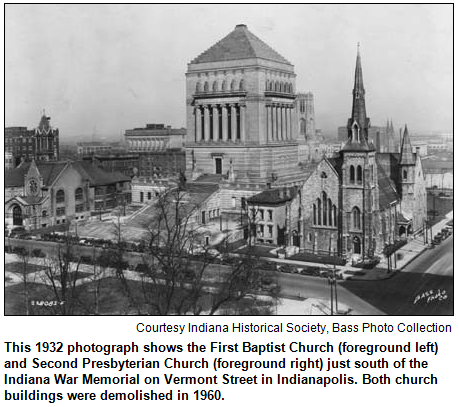
+ 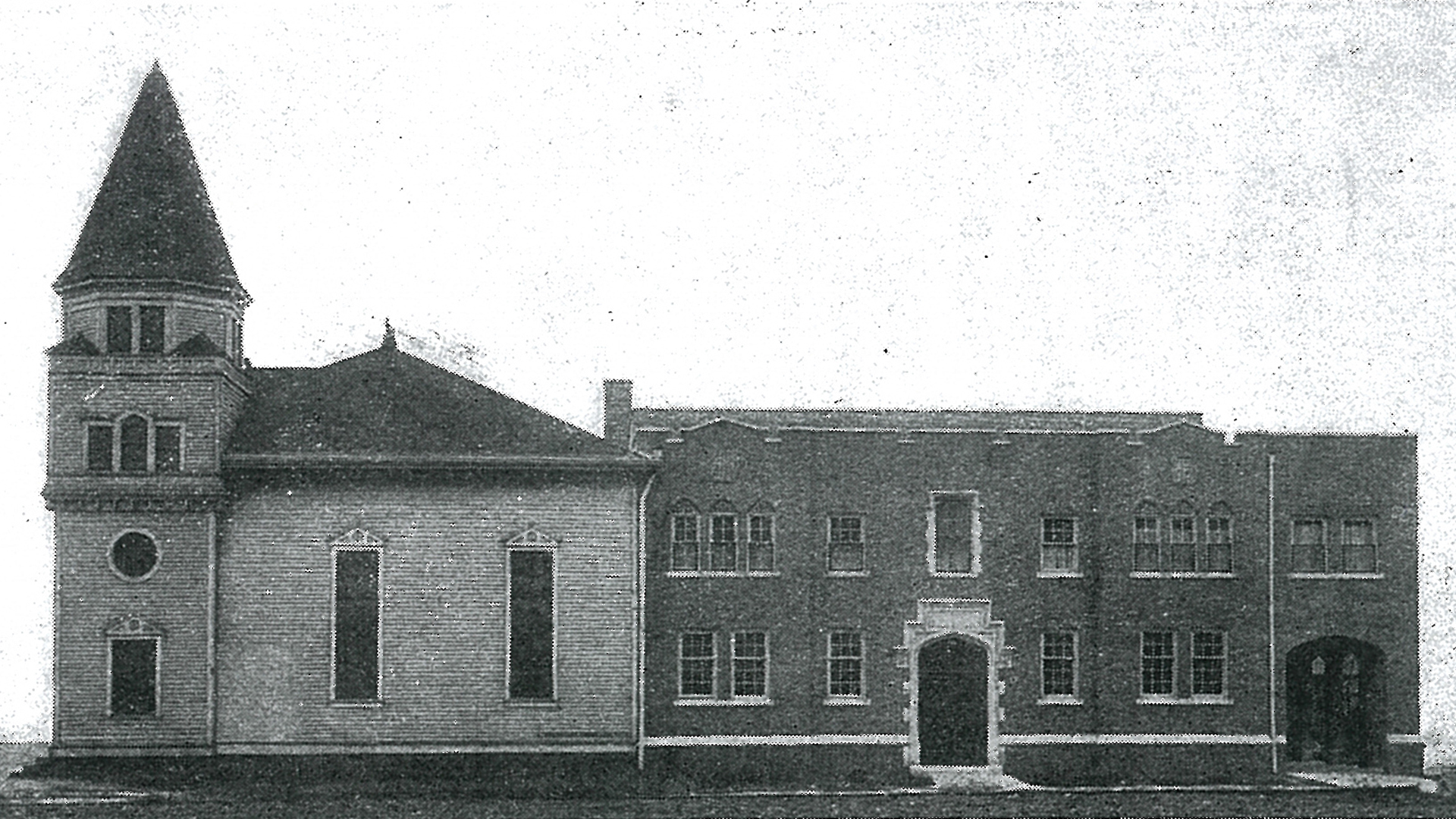
Evolution of Ministries in the City
Mayer Chapel
From the beginning, Second was actively involved in urban missionary activity. In 1892, Mayer Chapel was established to serve the southwestern portion of Indianapolis. It was seen as an outpost against many of the evils and temptations of urban life, which included saloons and dance halls. The Chapel began with a strong Sunday School program. A fire destroyed the building in March of 1895, but by May the building had been rebuilt and enlarged. In the early 1900’s, ministries included a kindergarten, domestic arts classes, meetings for mothers, and activities for youth. After a building expansion in 1917, athletic programs were created, and a medical clinic for babies and mothers began. A dental clinic opened. Thanksgiving and Christmas baskets were distributed. Glee clubs and scouting programs began.
The Depression brought much misery to a neighborhood that chronically suffered from unemployment. In 1933, the Chapel gave two quarts of milk a day to undernourished children, as well as 2,500 garments and coal to over 200 families.
Second’s association with Mayer Chapel/Neighborhood House ended quietly. Since the early 1940s, Mayer Chapel had been increasingly funded by the Community Fund and the Indianapolis Presbytery.
The facility was closed in 1966, bringing 74 years of urban ministry to an end.
Only to begin, again.
Westminster Neighborhood Services
Although Second was now located in a suburban neighborhood, it sought to be a “Caring Cathedral” that “Wraps Its Arms Around the City.” To that end, providing members with first-hand experiences in urban ministry was vitally important.
In 1981, Second Presbyterian Church formed a partnership to conduct community outreach with Westminster Presbyterian Church, a small inner-city congregation on the near-eastside of Indianapolis. Westminster ministered to a community that faced difficult challenges of unemployment, poverty, education gaps, and poor health. In many ways, Westminster evoked memories of Mayer Chapel.
More importantly, Mayer Chapel presented a model for this new relationship. Second began providing significant financial support and scores of volunteers for Westminster’s ministries, including tutoring, an after-school program, food pantry, basketball, soup kitchen, and youth job training. Volunteers served on Westminster’s Board of Directors. They also helped maintain and repair Westminster’s aging facility.
Eventually, Westminster needed to upgrade its old facilities. As part of the church’s 175th Anniversary in 2013, Second raised $2 million toward a new Adult and Family Services Center, which opened in 2015.
While the mission partnership with Westminster continues today, changing demographics in the neighborhoods surrounding our church building have provided a new opportunity for Second’s engagement with urban ministry in the city.
It was time to begin, again.
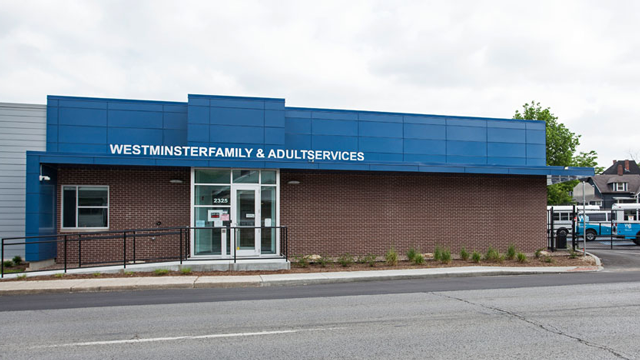
Northside Mission Ministry
By the early 21st Century, Washington Township had become more socioeconomically diverse, as revealed in this one statistic: 81% of the students at Greenbriar Elementary and Nora Elementary Schools qualified for free or reduced breakfast and lunch.
In some areas of the city, poverty is painfully obvious with empty, overgrown lots, and boarded-up, abandoned houses. However, Washington Township presents the new face of poverty. It is the invisible poverty of the working poor, of families getting by until faced with a catastrophic medical emergency, major car repair, job loss, or divorce.
The racial ethnic profile of the township had also been changing. There had been such an influx of Hispanic and Burmese immigrants that at Greenbriar Elementary School, 30% of the students are English as New Language participants. Throughout Washington Township Schools, there are 75 different languages of origin.
The Northside Mission Ministry Team was formed in the summer of 2009 with the vision of developing specific programs to address the growing gap between the needs of the community and the basic social services available to meet those needs. The team identified food assistance as an immediate need, and the Northside Food Pantry began operations in December 2009.A rent and utility assistance program (URAP) was added in 2010. In 2011, a partnership with Greenbriar Elementary provided volunteer tutoring and a teacher support program.
In 2013, the 175th Anniversary Fund raised $500,000 to jump-start the new Northside ministry. A storage area was remodeled and equipped with refrigeration to provide space for the Pantry. A Food Pantry Coordinator was hired. In 2019, the Pantry served an average of 400 families/month. 30 volunteers staff the pantry each week.
In 2018, Northside Mission Ministry continued its development by creating a Board of Directors.

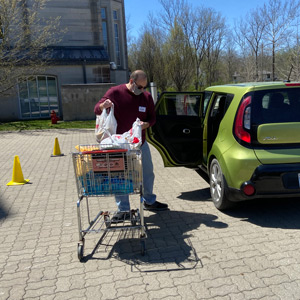
Tab Four Content Here
Tab Five Content Here
